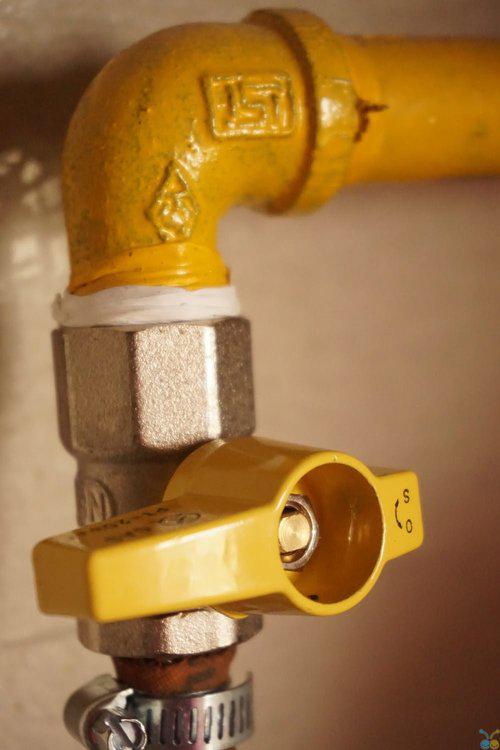

Ben Franklin Southeast provides professional leak location services. These services are extremely precise and if required, a customer is charged a premium rate due to the equipment cost and time involved. These detection services are guaranteed to find leaks within 6 to 8 feet of the leak. Leaks can be found under counters, slabs or within a wall. Hiring a professional to tend to this kind of problem is best if the issue is severe. However, for smaller leaks, you can save money and find the solution yourself.
Here are our tips to assess leaks:
What Is the Damage?
With any leak, the first step is determining the size of the damage. Although it is less accurate, the easiest way to decipher the extent of the damage is by comparing your water bill to previous ones. If you notice any disparities between this month and previous months without a reasonable explanation you may have a leak. With a small discrepancy, consider looking for the leak on your own. If there is a large pricing discrepancy the leak may be sizable and professional help may need to step in.
Cubic Centum Foot Measuring
In the South, a common methodology most water providers use is the Cubic Centum Foot, CCF measurement, which is approximately 748 gallons. This approximation serves as a benchmark to measure the volume of water you use in hundreds of cubic feet. If you notice even a single CCF increase, consider looking into a potential leak issue. However, if you have, for example, been watering your lawn, housing an extra guest or filling the pool, a discrepancy in your CCF measurement might be attributed to that.
Finding the Leak
If you begin your search for a leak, look for clear signs of water or water damage at lower points in the home because water always flows downward. Because of the natural flow of water, plumbers and home builders typically install drains at lower points in the home to facilitate the movement of water and help it from collecting and becoming still. Another clear sign of water is the distinct stench that comes from stagnant water. If you locate water around a drain with no discernible cause, try to follow the drainage to the point of origin. Key signs of a leak can be:
- Damaged paint
- Damp drywall
- Pooling water
A good place to start if you find a leak is to inspect water distribution points like the faucet, washing machine, ice maker, refrigerator or freezer. These appliances and fixtures have a continual flow of water and are a great place to start when investigating a source. Many leaks have a simple fix like tightening a loose hose fittings or replacing worn out supply lines. If you can personally replace these it will save you some money, however, contacting a professional is a reliable option. If you decide to replace it yourself, make sure to use Teflon tape when securing a new feed or supply line to one of your appliances.
If you investigated the low points and appliances of your home and were unable to locate the point of origin, you may have a bigger issue. Some homes have crawl spaces, which is a great place to start a secondary leak search. With this unique feature in a home, many drain lines and pipes are running through it. If you come across leaking sewage or water pipes in the crawl space hiring a seasoned plumbing professional is recommended.
Even for a plumber, the toughest part of the job is locating the leak to begin with. Locating a leak can be difficult and is why people often bring in a professional to help. Plumbers are meticulous and work diligently in this process to provide solutions to your leak problems. For this reason, these professionals are able to charge premium rates for their expertise.
If you have a roof leak, it is likely that you will be able to spot a leak easier as a roof is made of the same material as your walls. This type of leak becomes more obvious once it passes through attic insulation or can even be the result of pipes sitting within that insulation. If you have a leaky roof a band aid solution is to catch the drainage with a bucket under the exposed area between the attic and the roof. If the insulation continues to soak there may be waterline issues, which are easy to fix. Trace the leak back to the source of the water and turn it off. Roof leaks can be solved yourself if you feel comfortable, but if you feel more comfortable with the assistance of a professional, they are there to help provide a successful solution.
Water leaks often have easier solutions, however, gas leaks are a different story. Never attempt to fix a gas leak on your own, call a gas company or a licensed professional that has experience handling these kinds of situations.
Ben Franklin Southeast is committed to our customers and finding solutions to your plumbing problems. If you or someone you know needs a plumbing professional we are here to help on time and with repairs done right.
